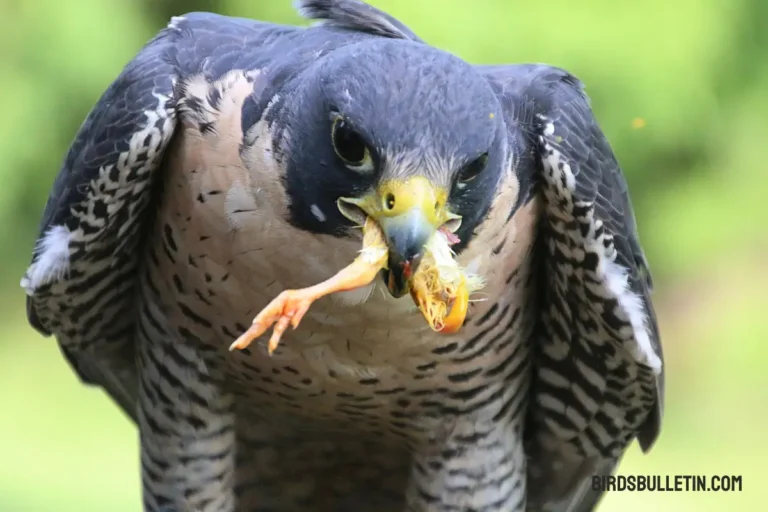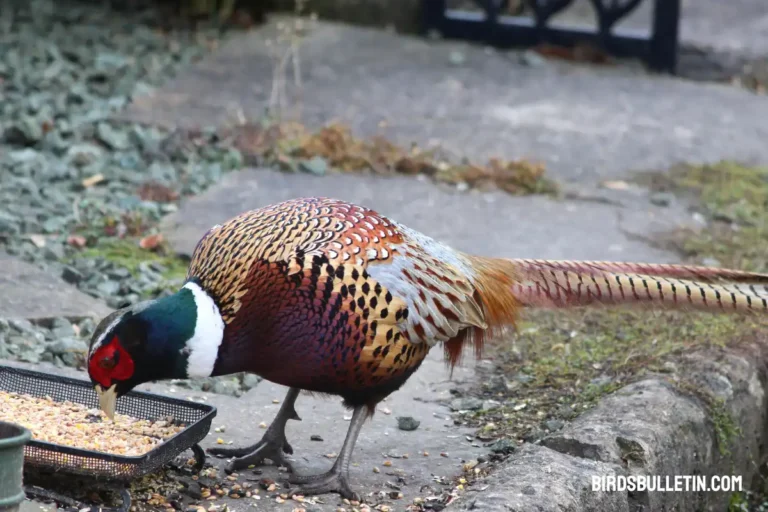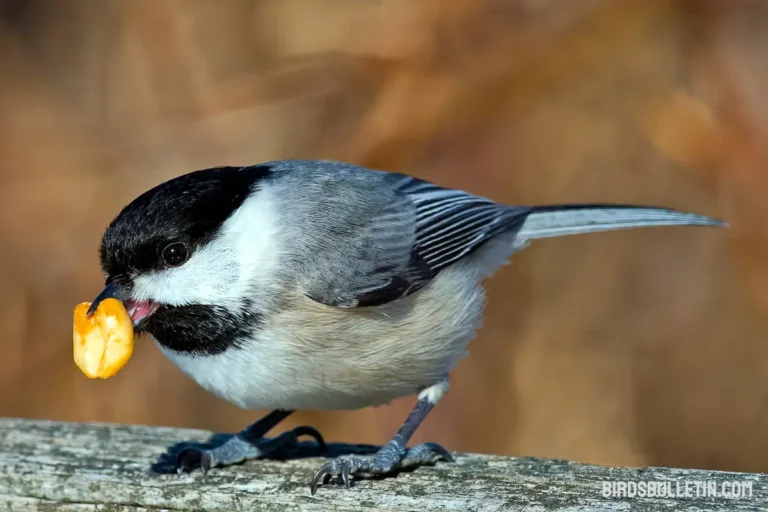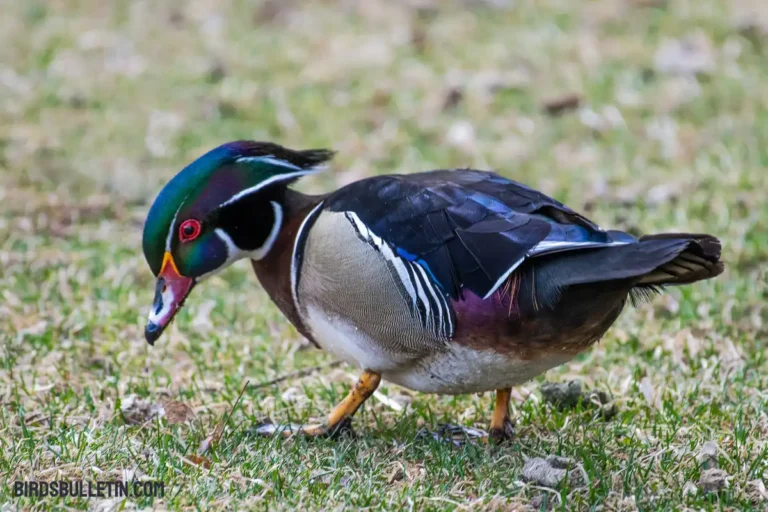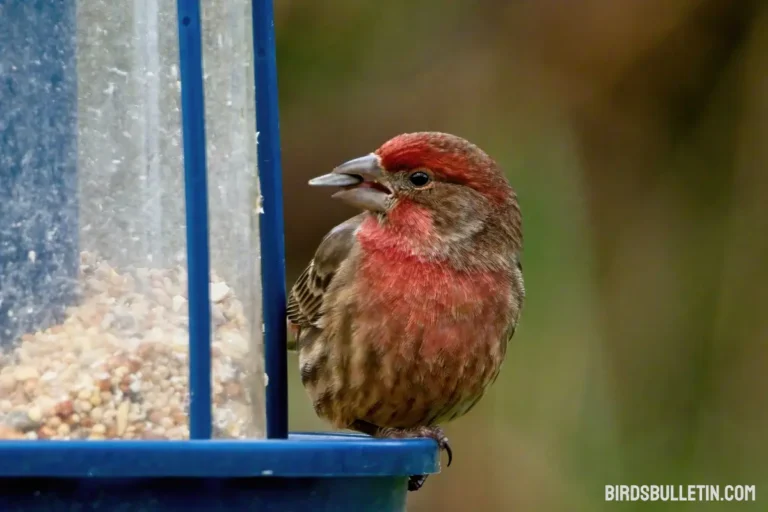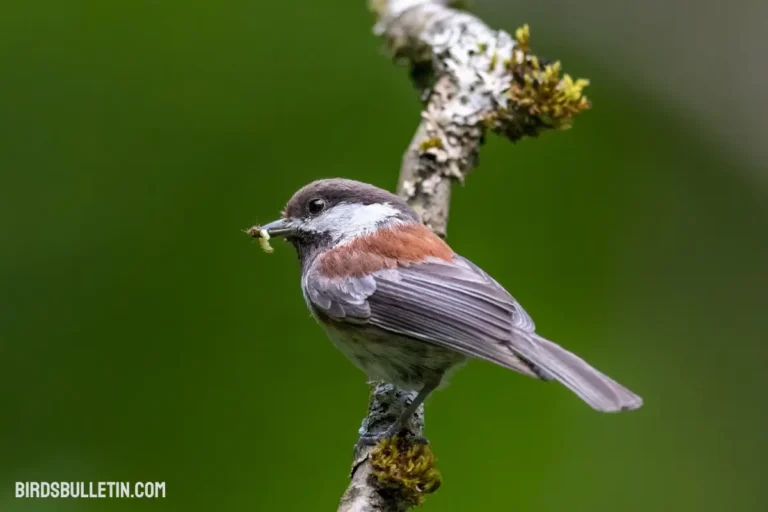What Do Black-Capped Chickadees Eat?
The Black-capped Chickadee is a small songbird native to North America. Weighing only 0.3 to 0.5 ounces, these tiny acrobatic birds are found in deciduous and mixed forests across Canada, the United States, and Mexico.
This bird has a varied diet that changes with the seasons. Their ability to adapt to find food sources throughout the year aids their survival in harsh winters. Black-capped Chickadees are omnivores, meaning they eat both plant and animal matter.
These busy birds forage actively, moving quickly from branch to branch in search of food. Their diet consists mainly of insects, seeds, and berries. By following chickadees through the forest, you can locate many of these food sources yourself.
Want to learn more about birds’ food and diet
Favorite Foods
The following table outlines some of the Black-capped Chickadee’s favorite foods:
| Food | Details |
|---|---|
| Insects | Caterpillars, moths, beetles, flies, spiders |
| Seeds | Sunflower, thistle, birch, ash, conifer |
| Berries | Dogwood, mountain ash, viburnum, sumac, elderberry |
| Sap | Birch, maple |
Chickadees have a particular preference for caterpillars and sunflower seeds. Offering black oil sunflower seeds in feeders will readily attract these birds.
How Chickadees Gather Food?
Chickadees use a variety of techniques to find and collect their food:
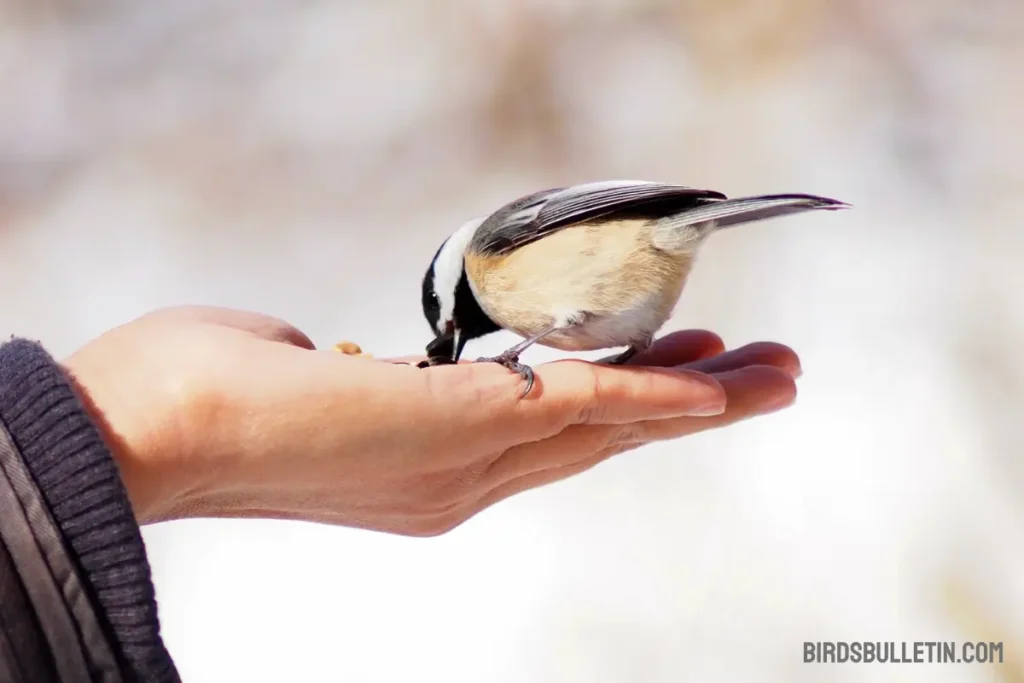
Foraging – Chickadees constantly forage in trees, shrubs, and on the ground, searching for insect prey. They move swiftly from branch to branch looking for food.
Flocking – In winter, chickadees form mixed flocks with nuthatches, woodpeckers, and other species. Flocking increases their ability to locate food sources.
Storing – Chickadees hide seeds and insects in bark crevices and tree holes. They remember thousands of hiding spots and return to these caches during winter.
Hammering – To access larvae hidden in trees, chickadees hammer away at dead wood to excavate their prey. Their black cap protects them from wood shards.
Hanging – Chickadees can hang upside down from branches to reach food sources like seeds, berries, and pine cones. Their feet have a permanent tight grip.
Winter Diet
In winter, chickadees rely more on previously cached food items and persistently seek out fresh sources of fat and protein. When snow covers the ground, the birds visit feeders more frequently. Chickadees eat a wide variety of seeds at feeders including black oil sunflower seeds, nyjer, suet, safflower, peanuts, and millet.
They continue to forage in conifers and leafless deciduous trees for dormant insects and insect eggs. Sap from certain trees also provides an important source of food in winter.
Baby Chickadee Diet
Baby chickadees depend completely on their parents for food for at least 18 days after hatching. The male and female both collect caterpillars, spiders, and other soft-bodied insects to bring back to the nest.
As the nestlings grow, the parents gradually increase the size of the food items. Once the babies fledge and leave the nest, the parents continue to feed and care for them for several weeks as they learn to forage on their own.
The fledglings initially stay close to the adults, following them and giving begging calls. This post-fledging care increases the young birds’ chances of survival.
Frequently Asked Questions
01. What is the primary diet of the Black-capped Chickadee?
The Black-capped Chickadee mainly feeds on insects, seeds, and berries, adapting its diet to the seasons.
02. Do Black-capped Chickadees eat sunflower seeds?
Yes, sunflower seeds are a favorite of Black-capped Chickadees, making them regular visitors to bird feeders.
03. Are Black-capped Chickadees insectivores or seed-eaters?
Black-capped Chickadees are opportunistic feeders, consuming both insects and seeds, showcasing their versatile diet.
04. Do Black-capped Chickadees eat suet?
Yes, Black-capped Chickadees are known to enjoy suet, a high-energy food source, especially during colder months.
05. Are chickadees harmful to gardens?
Chickadees are considered helpful birds to have around your garden. They eat many common insect pests like aphids, scales, caterpillars, and leaf beetles. They do not eat vegetable crops or do significant damage in gardens.
Wrapping Up
The varied diet and resourceful food-gathering behaviors of the Black-capped Chickadee allow this small songbird to thrive across North America. Chickadees play an important role in controlling insect populations in forests. Their acrobatic branch hopping and hanging entertain bird watchers during the winter at feeders.
Support chickadees in your area by planting native berries and seed-producing trees and shrubs. Avoiding pesticides will help provide the chickadees with a bounty of insect food sources.
References
- McLaughlin, K. and Kunc, H. (2013). Experimentally increased nutrient availability at the nest site does not change food allocation by female and male black-capped chickadees. Behavioral Ecology and Sociobiology, 67(1), 79-84.
- Foote, J.R., Mennill, D.J., Ratcliffe L.M., Smith, S.M. (2010). Black-capped Chickadee (Poecile atricapillus), version 2.0. In The Birds of North America (P. G. Rodewald, editor). Cornell Lab of Ornithology, Ithaca, New York, USA.
- Smith, S.B. (1991). Black-capped Chickadee: Natural History Notebooks. Ithaca, NY: Comstock Pub.


